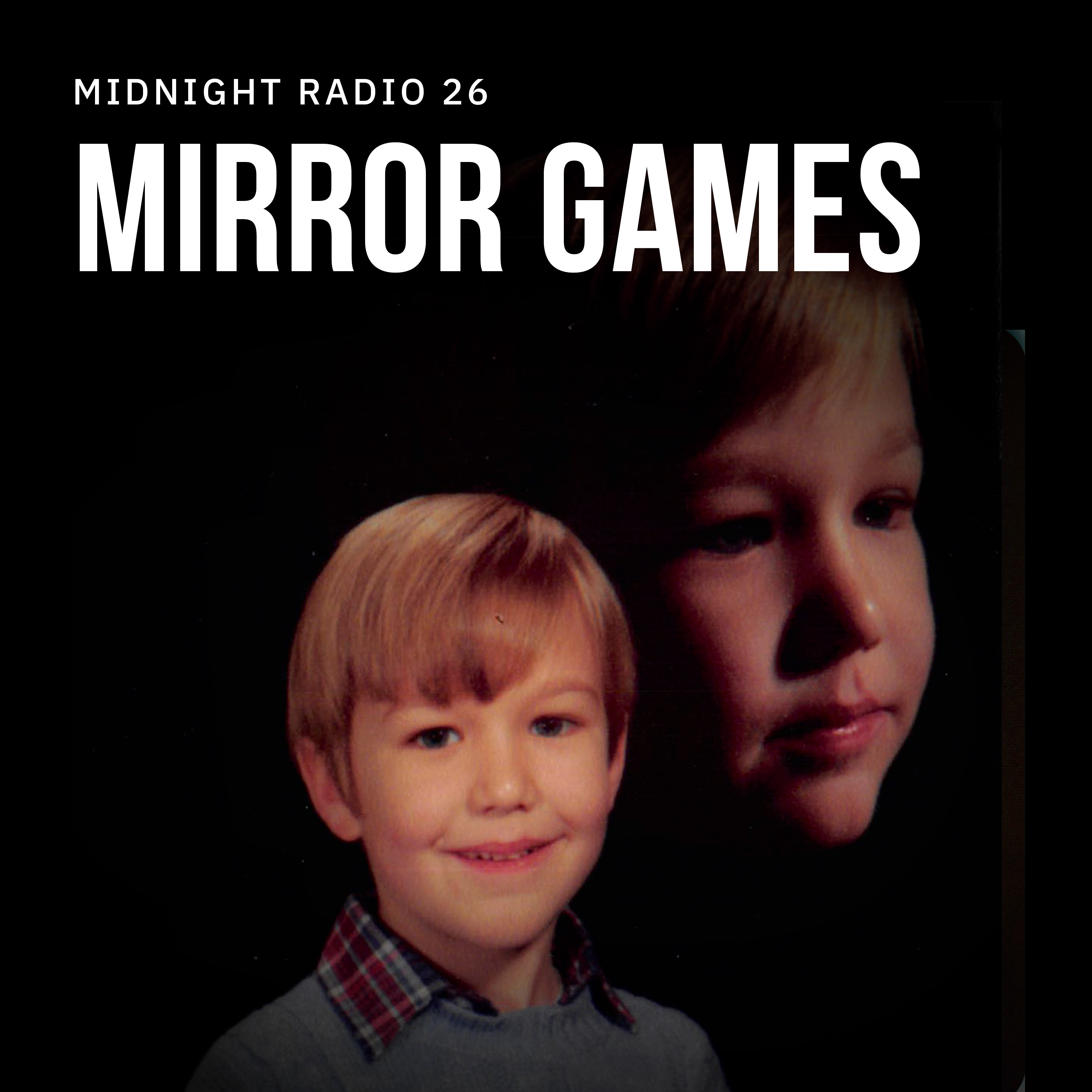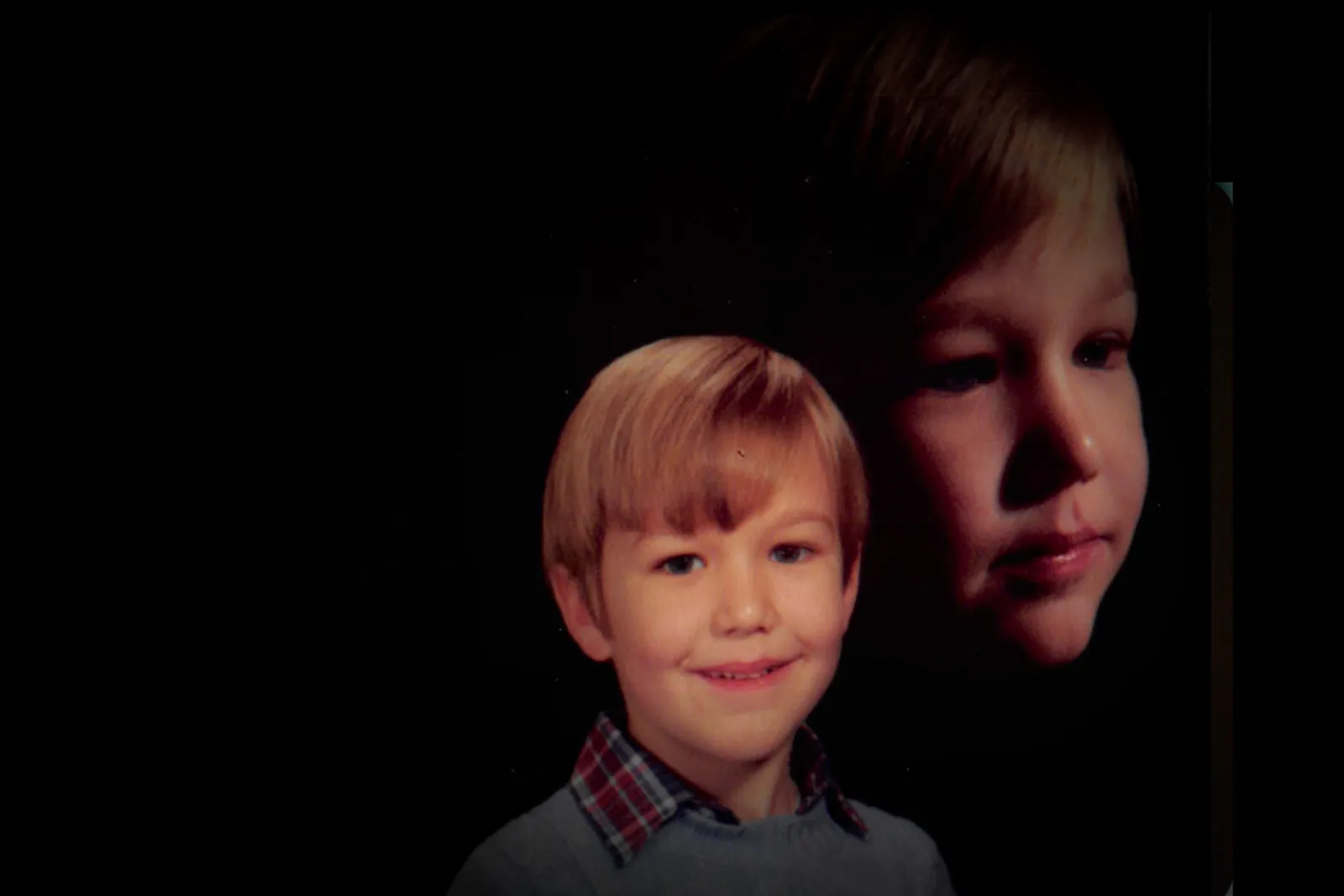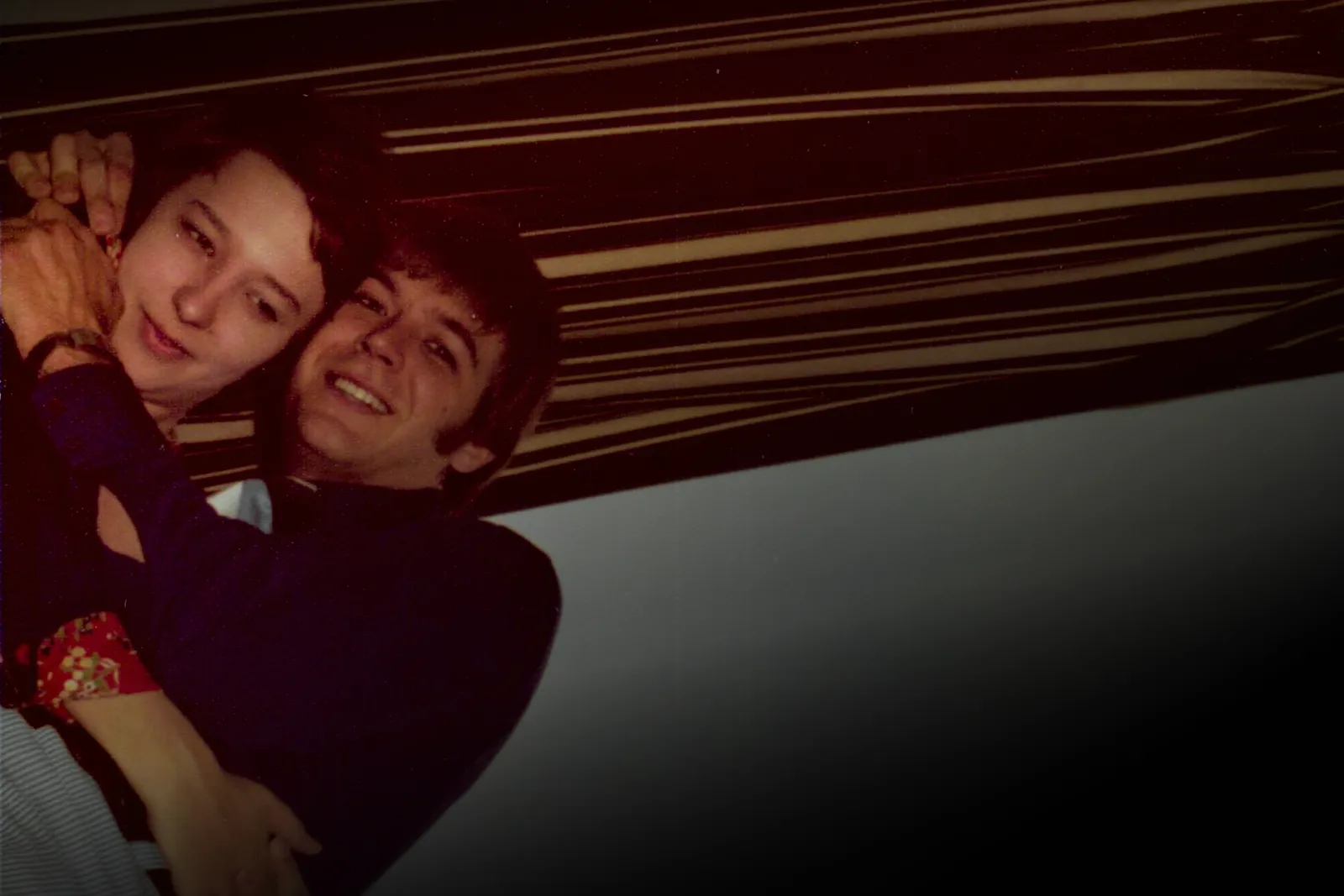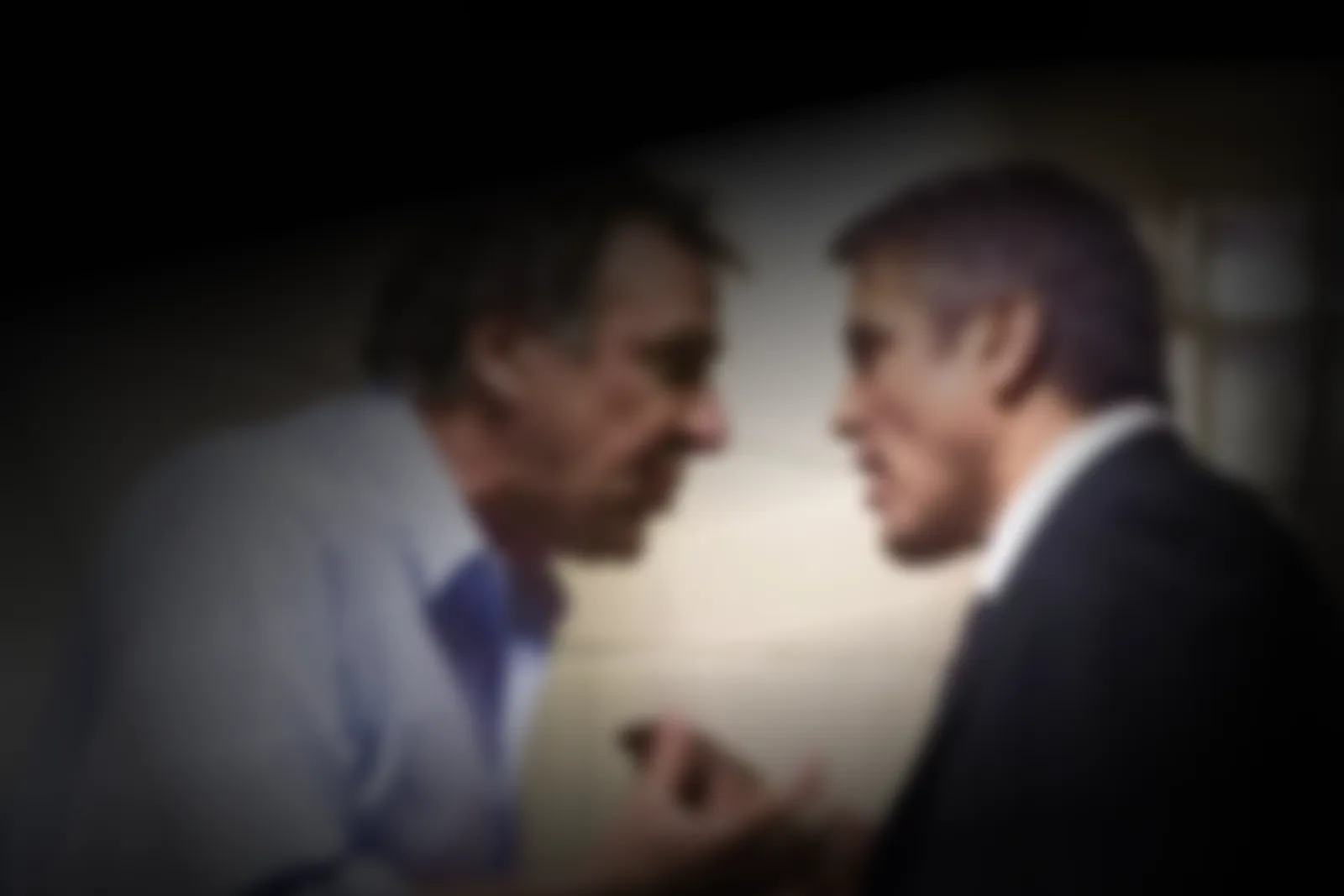1
There was this thing we did in grade school, and maybe you tried it too. It was one of those childhood dares that spread through playgrounds and school buses until it gathered force, becoming a fate to be tempted, something that must be proved. One night during a sleepover, my friend muted the television and said, “I heard if you say ‘Bloody Mary’ three times in the mirror, you’ll see a witch.”
On the screen, a shirtless man silently unloaded a belt-fed weapon into a crowd while my friend described how the cousin of his sister’s boyfriend saw an ancient woman with blood streaming down her cheeks. That boy was in a hospital now, pulling out his hair, which had turned white.
“He was probably on drugs,” I said, even though I did not yet know what drugs did.
Two nine-year-olds in a dark bathroom, jostling through nervy giggles. Bloody Mary. We said it again, our voices softer this time. Bloody Mary. A door slammed—my friend had fled the bathroom. Alone, I said Bloody Mary a third time, and as the words left my mouth, my belly dropped like I was falling from a great height.
2
Bloody Mary was not born on a playground. Her legend began in drafty medieval homes where young women would walk backwards down staircases with a hand mirror and candle, hoping they might glimpse their future husband. If they saw a wailing skull, they’d die before they could marry.
A century later, the ritual required the speaker to say Bloody Mary, I killed your baby, which suggests a connection to Mary I of England, the Catholic queen who burned Protestants at the stake because she thought their deaths might be instructive. History named her Bloody Mary, this dour little woman who suffered multiple miscarriages and phantom pregnancies before succumbing to ovarian cancer. It’s not hard to imagine the children of her victims gathered before a mirror, taunting the queen for her failure to produce an heir.
There is, of course, another Mary associated with childbirth, and my eyes breeze past her portraits in museums, already sensing her devotion, vague yet familiar like a cloud. Bloodying the Madonna offers the thrill of transgression, a way to test the weight of the sacred by pulling it down into the muck.
There’s also Mary of Magdalene, who I first encountered in Chicago while moving through Renaissance and Baroque galleries, paintings that held no interest for me until the people I loved began to die. The feverish Magdalene in oils across the centuries, knelt before Christ as he cast the demons from her body, each becoming one of the seven sins. Or the penitent Magdalene pleading in the darkness for salvation, her hair grown long to cover herself while she wandered the desert, hair she would one day use to clean Christ’s wounds before dying in a cave.
Mary of England’s faith was the product of a disordered mind. The Virgin Mary’s faith is so perfect it’s almost inhuman and therefore dull. But Magdalene’s tortured devotion feels not only real, but possible. Sometimes I envy the gleam in her eyes.
3
But Mary, whoever she might be, is only half of the ritual. The other is the mirror. One night, thirty miles south of Memphis, I considered myself in a large motel mirror behind the television, my face illuminated by a slash of light from the parking lot. I tried not to imagine the other guests this mirror had witnessed, the ones who left cigarette burns in the sink. I concentrated on my reflection as if I could summon the old-world belief in the mirror as a paranormal device, a practice so common it has a name: catoptromancy.
But has anyone seen a ghost in the mirror? Was there ever a white-haired boyfriend in a hospital? Neuroscientists offer explanations, such as Troxler’s Fading, a phenomenon in which staring at a point in the mid-distance, especially in a dim environment, can generate psychedelic effects in the peripheral vision. Autohypnosis is another possible cause: the suspension of disbelief coupled with ritualistic chanting can induce dreamlike visions.
But science does not account for the persistence of evil queens and vampires, of our desire to invent worlds beyond the looking glass or the flash of apprehension when a mirror is broken, even if we do not believe in luck.
4
Today we hide our dead in morgues and urns, but we used to display their bodies in our homes and cover the mirrors, even if we no longer recalled the ancient belief that a reflection of the departed might trap their soul in the house and prevent passage into a better world. Those were days when our images were honored, even feared—echoes and reflections were the sounds and sights of our souls.
Now we photograph ourselves in front of mountains, memorials, and sandwiches. We’re drowning in faces, which echoes the oldest mirror story, the tale of a young man who fell in love with his reflection and stared at it until he lost the will to live because he knew he could never have the object of his desire.
5
But back to being nine years old in a dark bathroom, saying Bloody Mary for the third and final time. Nothing happened, and I returned to the television. But that split-second of expectation is the best way I can describe the sensation of almost-belief, the feeling that my understanding of reality was about to go off the rails. I’d like to feel it again sometime.
The only time I came close was in an abandoned asylum where an amateur ghost hunter tried to conjure a poltergeist, but that’s another story.
Tonight’s Mixtape
Speaking of going off the rails, I was planning to stitch together a sequence of slow-motion dub techno classics per a request from a Very Kind Listener, but tonight’s episode veered into unexpected territory. Perhaps dub techno is too chilly for this fever dream of summer. Or too consistent. Something led me to these five very different songs, bound only by high degrees of humidity, but I think they hang together, thanks to some grey zones of reverb and static. I’m intrigued by the possibility of consistency through differentiation—after all, pure repetition leads to seeing the Bloody Mary.
Tonight kicks off with some liturgical rock followed by an infectious ballad from Anna Domino, recorded in her childhood bedroom circa 1984, then Deepchord dons the incense-soaked guise of Mystic AM, pointing the way to a stone classic from Iran in ’71 before we hit Polmo Popo’s majestic 2003 rework of an Arthur Russell disco track from '78—it’s one of the few masterpieces of the early 21st century. Listen below, or reach through the cobwebs of hyperspace and collect this em pee three.
- Gnod - Peace at Home
Spot Land | Rocket Recordings, 2024 | Bandcamp - Anna Domino - Everyday I Don't
East and West | Crépuscule, 1984 | Bandcamp - Mystic AM - Caravanserai + Den of Thieves
Cardamom & Laudanum | Astral Industries, 2022 | Bandcamp - Googoosh - Gol Bi Goldoon
Iran, 1971 | More - Polmo Popo - Kiss Me Again and Again (Arthur Russell Cover)
Intr_version Records, 2003 | Bandcamp
If you listen close, you’ll hear some chanting from the Eyes Wide Shut party along with the usual static and snippets of the Paris Sisters, Bobby Vinton, etc.
Thank you for listening, and the request lines are open.
Midnight Radio 26 | Download




